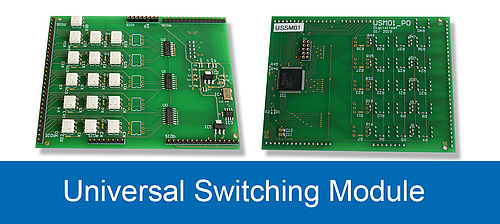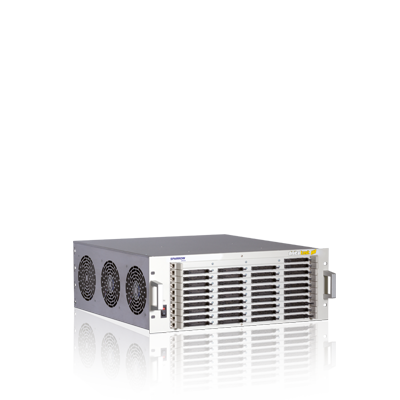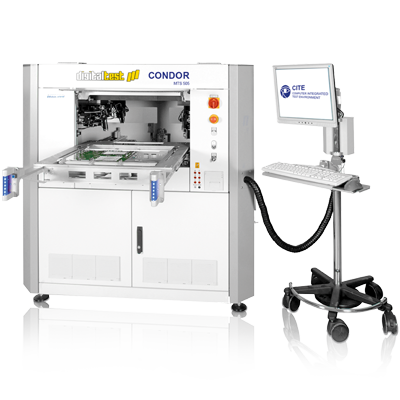News
News Test Systems
Easy And Flexible Switching

The new Universal Switching Module (USM01) by Digitaltest saves slot spaces in the test system and total application costs. It does not need a carrier board or a separate power supply, because it is directly mounted on to the AMU05. One USM01 in a test system can be used for all applications in the future.
Relays are important components in automated test systems, as they switch power and connect signals to a UUT (Unit Under Test), they may also connect a UUT’s output signals as example to a test system’s measuring instruments. In the past, a separate voltage source and additional signals are required to control the relays (e.g. additional CB03 board + MOC module) and this requires time and knowhow. One of the main disadvantages was the limited application flexibility that this solution offered.
This is why we are now launching the new USM01 to help to solve these drawbacks. The Universal Switching Module (USM01) is implemented as an AMU I/O module. This means that the integration into the tester becomes possible without the need for an additional slot in the rack. Up to 3 USM01 can be used per AMU05 module. USM01 modules are offered in two different versions:
1- SPST (Single Pole Single Throw) functionality (16xSPST)
2- SPDT (Single Pole Double Throw) functionality (10xSPDT+1xSPST)
If required DPDT (Double Pole Double Throw) functionality can be easily accomplished by software control of the SPDT function.
The new USM01 offers many advantages, such as no need for separate power supply and carrier board CB03 and MOC to control the relay switching, because it is mounted directly on the AMU05. This reduces cost per application/fixture. The fixture design does not need integration of external relay boards, but only wiring. Even if the fixture is complete, then wiring can be simply added afterwards. In addition, the USM01 module can be tested by the standard CITE selftest and thus guarantee full maintenance control. With the use of standard, CITE commands test program preparation becomes very easy. Furthermore, the maximum current of 2.4A and maximum voltage of 100V allows a wide range of applications.
















